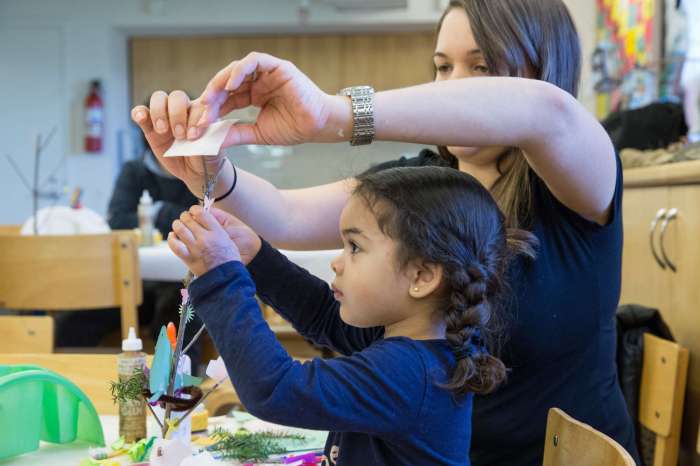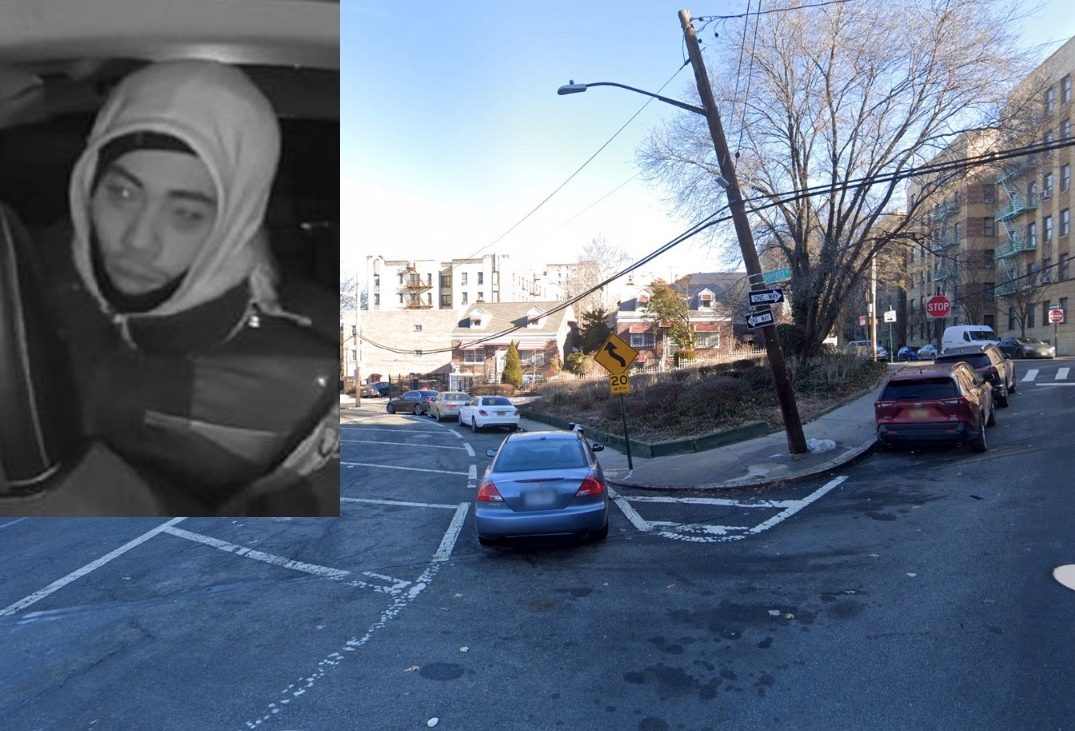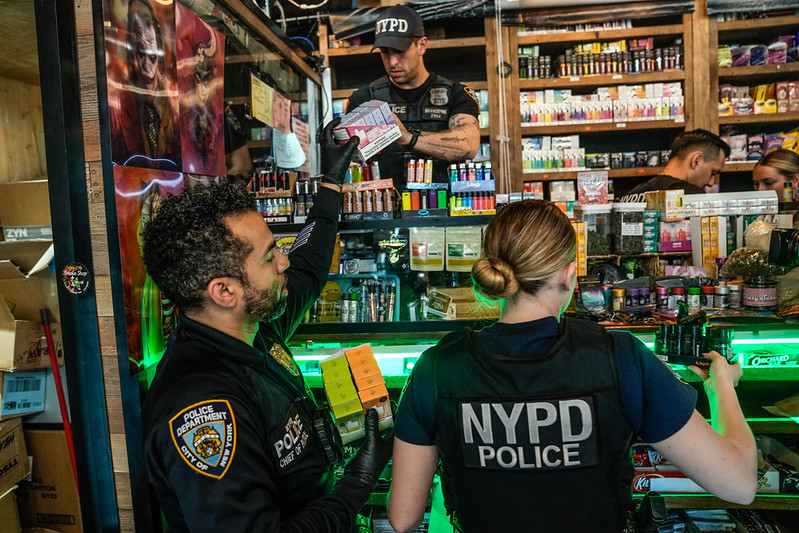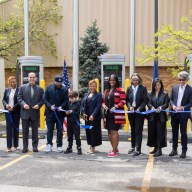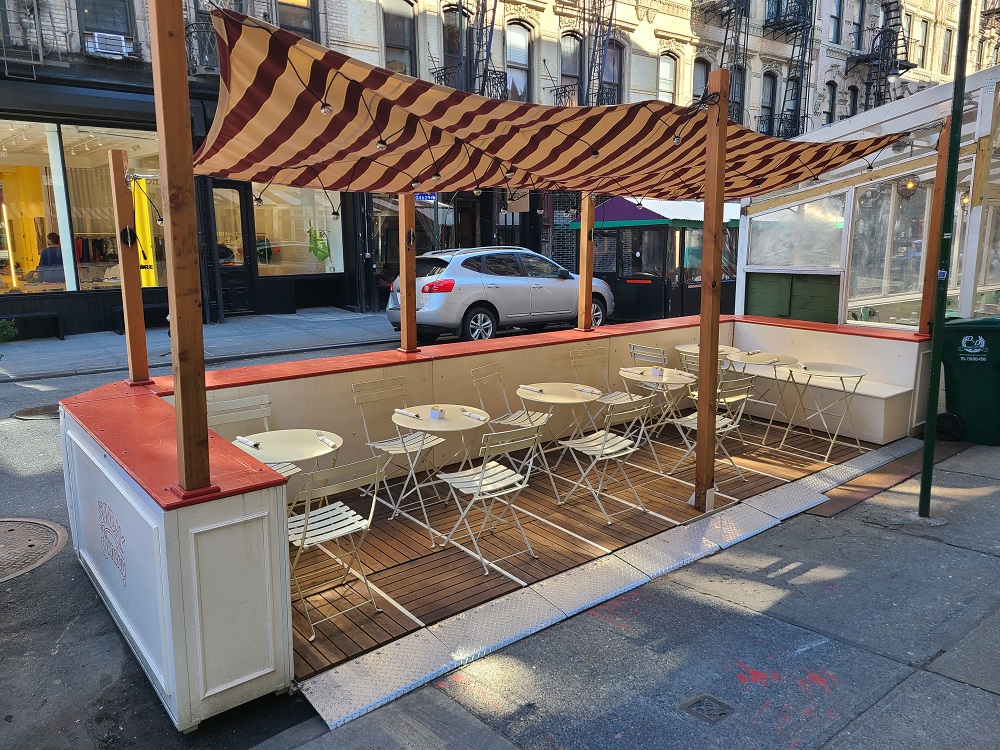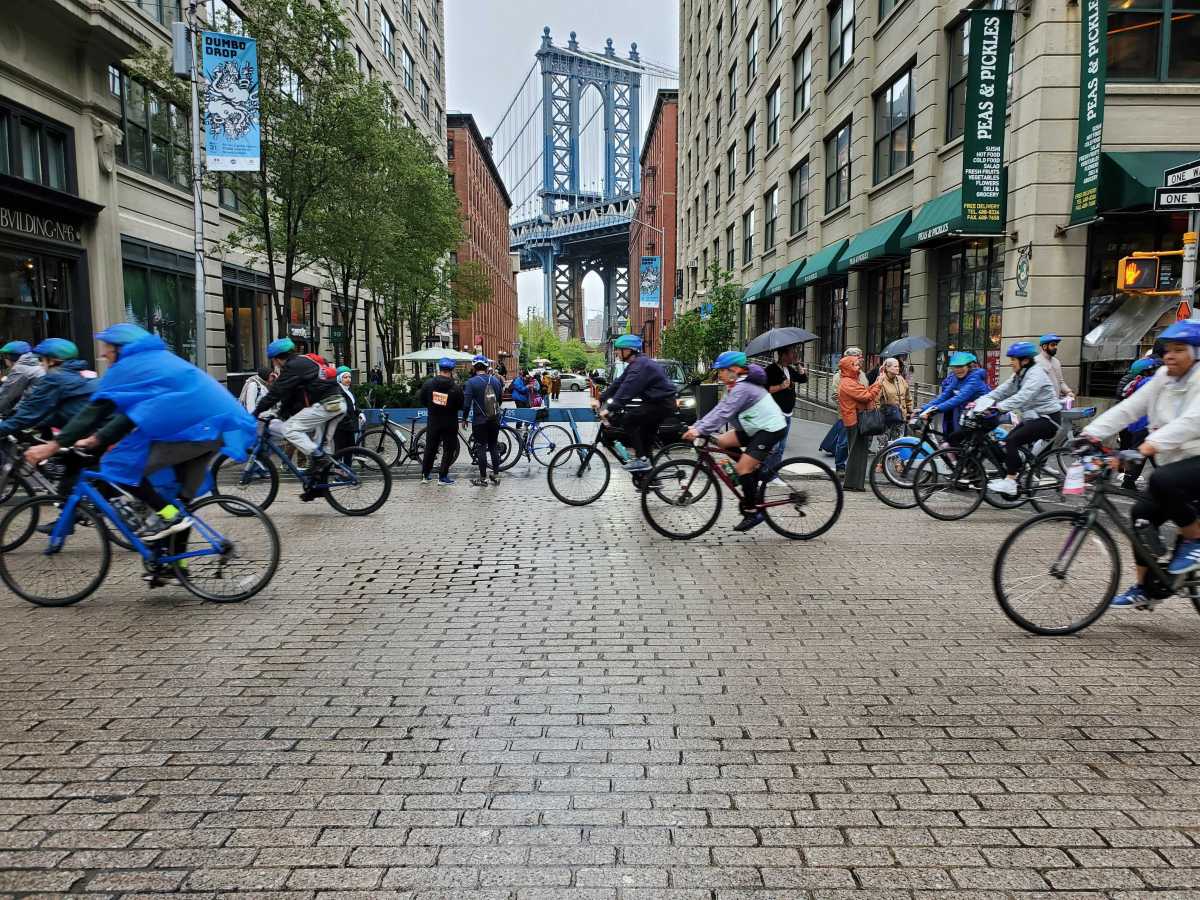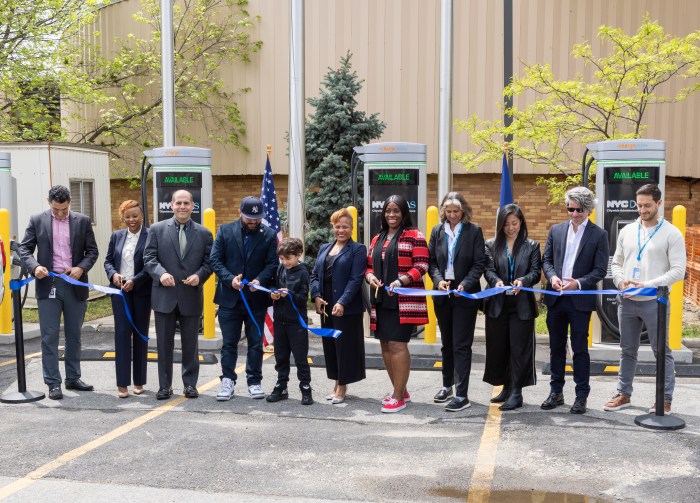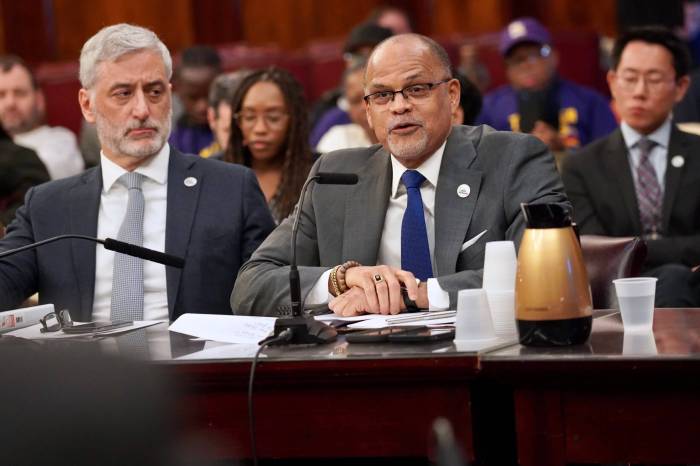By Raybblin Vargas, advocacy coordinator, Green Worker Cooperatives
Borough President Ruben Diaz, Jr. recently outlined recommendations to coincide with New York’s eventual legalization of recreational marijuana through the framework of the MRTA. His action showed powerful leadership by focusing in on the multiple layers of reform needed to center equity and justice once marijuana is legalized.
By following his proposal, New York can be a leader in disrupting enforcement practices that have selectively targeted low-income communities of color. Communities that have been disproportionately affected by past marijuana criminalization should be the first to see the benefits of legalization.
Growing up in Washington Heights during the height of the crack epidemic, I saw firsthand the impact of broken windows policing. My five-block neighborhood was ground zero for arrests. Many of the men I grew up with still don’t have jobs, disempowered by a judicial and economic system that penalized them for the entirety of their lives.
The consequences of dealing with substance use and crime reverberate through lifetimes and even generations. Legalizing marijuana offers us a platform to do right by communities like Washington Heights, the south Bronx, Brownsville, East Harlem and others targeted by the war on drugs, with policies like Diaz’s included to ensure they aren’t left out economically.
Diaz’s plan includes community reinvestment, with a significant portion of the revenue from legalization returned to impacted communities in the form of grants or set aside for credit unions so that they can finance small business loans. This is important to ensure fair access to banking services when many large banks will not work with marijuana-based businesses. Diaz also proposes that the state should enact a licensing system so that small businesses and those owned by directly impacted people are able to participate in the industry and are not boxed out by large, out-of-state companies.
These policy ideas can all strengthen the growth of co-operative businesses, which have been largely successful in New York City and are excellent economic engines to create jobs and keep those jobs local.
Co-ops provide a way for many of those affected by the war on drugs, including low-income individuals without formal education or those with criminal records, to enter the industry and find success. Worker-owners of a co-op can pool resources, train each other and grow their business together, and that growth can be tremendous. Look at the 1,700 worker-owners of Cooperative Home Care Associates in the Bronx, which began with only a handful of people in the 1980s. Today it is one of the largest worker-owned cooperatives in the nation, training over 600 low-income women annually to provide home care to elderly or disabled New Yorkers.
Moreover, co-op dollars stay in the community, rather than being taken out of state or being influenced by shareholders.
While marijuana legalization is vastly popular, we must be able to look past just legalization. Diaz has numerous ideas of how New York can make legalization work to the benefit of the communities harmed by its war on drugs in the past. These policies will enable solutions like co-ops, proven models to lift communities out of poverty, to grow.
Before the bill is reconsidered in Albany at the beginning of 2020, our legislators must take a long, hard look at these provisions that promote equity, access and economic well-being for all New Yorkers as necessary components of legalization.
On behalf of all the men I grew up with who’ve been stripped of their ability to gain meaningful employment because of harassment from the criminal legal system, I want restitution for my community. Ensuring that Albany moves forward with legalization that contains the important provisions in the MRTA and those that Diaz proposed can simultaneously make marijuana reform a platform for economic empowerment and community investment.


